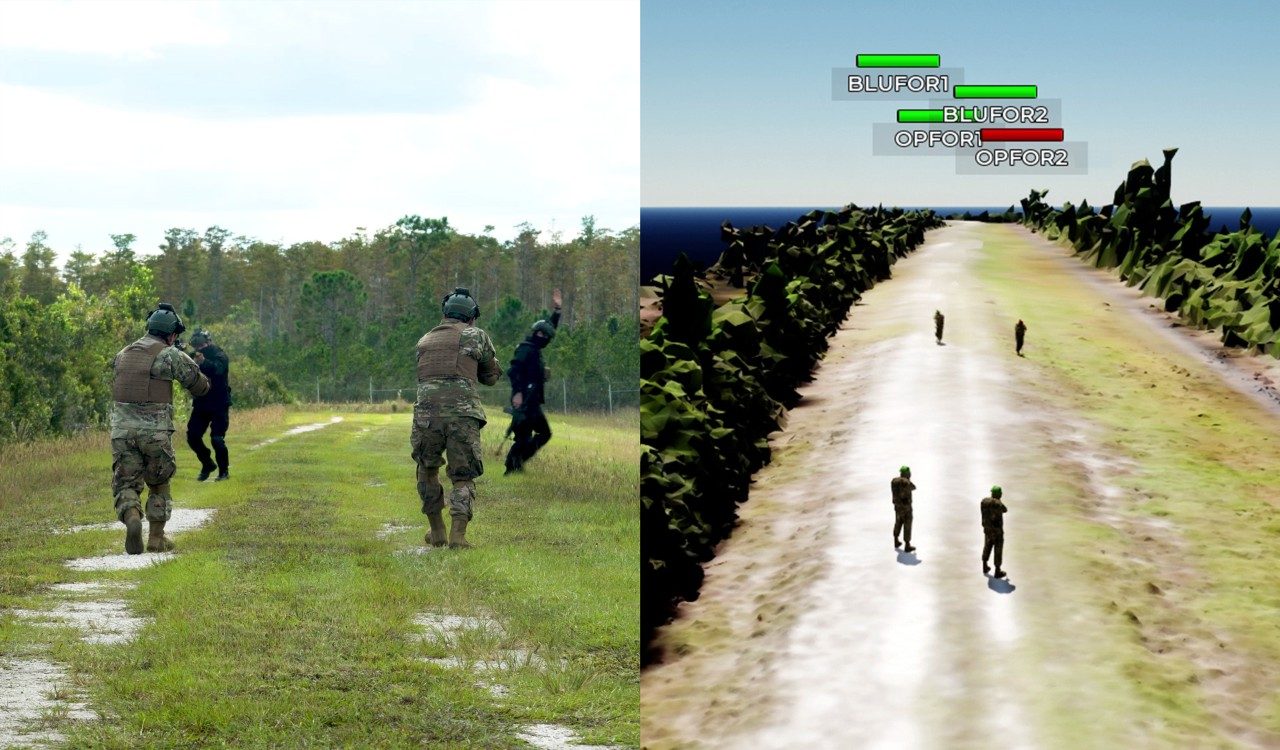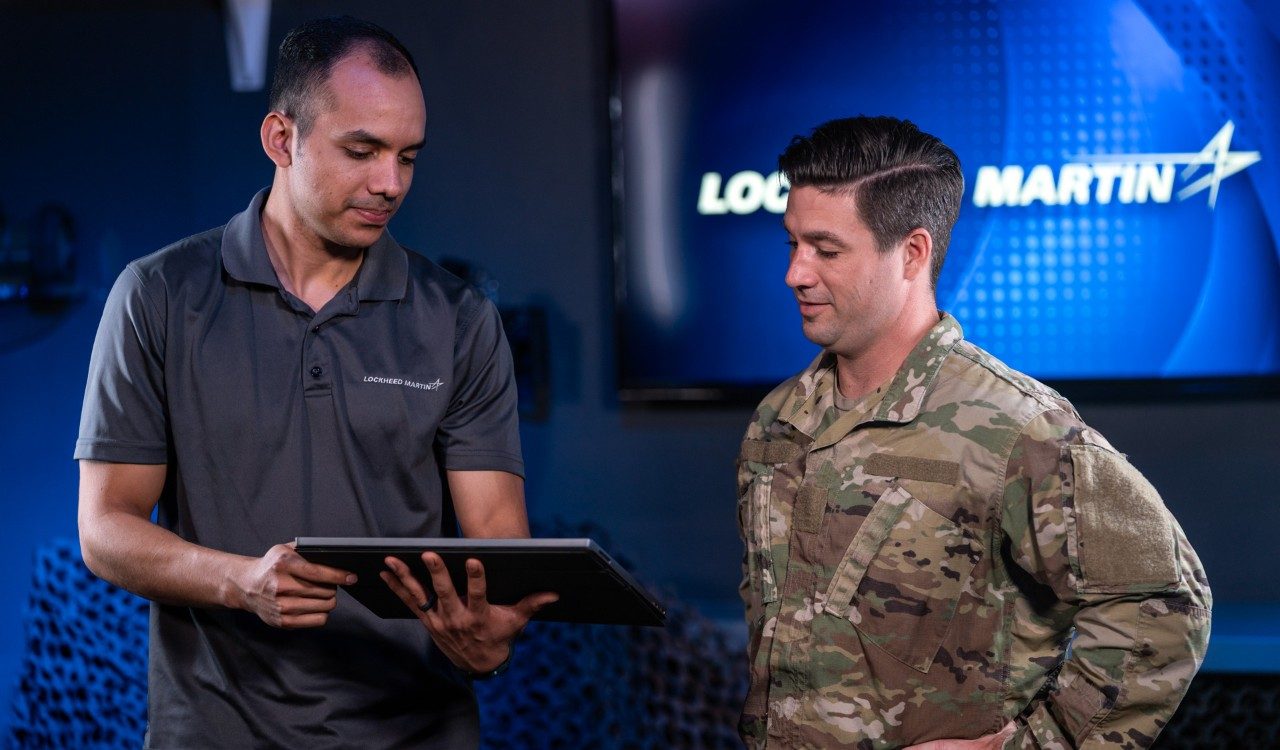Force-on-Force Training is Leveling Up
The last time the U.S. Army overhauled its force-on-force (FoF) training, MTV was launching on cable television. You know, back when they still broadcast music videos. In other words, it’s been a long time.
FoF training is the combative engagement simulation in which military personnel square off against opposing forces to develop the skills and experience necessary to achieve and survive their missions.
For over 40 years, the Army has utilized the changing forms of the multiple integrated laser engagement system (MILES), which comes with limitations (as most 1980s-based technology does).
Lockheed Martin’s innovative solution, SIMRES, is designed to address those challenges.
If “Video Killed the Radio Star,” SIMRES aims to overtake the longtime status quo in MILES, particularly in four key areas: realism, adaptability, form factor and data analytics.
“Realest Tech In the Room”
The 21st century warfighter requires unequivocal training realism. The problem is that laser-based training systems in use today struggle to emulate real ammunition. For example, a laser used in FoF training contexts can’t penetrate a solid object as thin as cardboard. Taking cover behind an empty refrigerator box may keep you active in the exercise, but it won’t keep you alive in an actual firefight.
SIMRES gets around that by ditching lasers and optics altogether, opting for sensors to track where soldiers and weapons are located in the real world and translating their position in a virtual environment. The action becomes digitized and the system can assign defined characteristics to the weapons, rounds and environment.

A blue force and opposing force engage each other in a SIMRES technology demonstration. The graphic on the right displays the virtual environment, tracking the real-life action (left) in digital form.
With SIMRES, that cardboard box in the physical world can be treated as such by the system. This means that when a soldier aims and fires a weapon in the box’s direction, SIMRES technology can accurately and in real-time calculate the appropriate ballistics and register a bullet as blasting through the cardboard.
Consider it akin to soldiers acting as avatars in a video game, with all of the physics and environmental effects being accounted for in the SIMRES system.
“The ability to track soldiers and weapons in a virtual space allows us to model the entire engagement,” said Dan Hyatt, chief engineer for land training. “We can set up exercises, collect data and visualize the battlespace with video game-like graphics.”
And the Army wouldn’t have to ditch MILES altogether either. In keeping with Lockheed Martin’s vision for 21st Century Security, the SIMRES technology is backward compatible with existing tactical engagement simulation systems.
What’s more, the SIMRES gear is leaner. Soldiers can swap the laser receptor-covered body harness for the more compact player unit processor that sticks to a plate carrier. The SIMRES weapon orientation device, which attaches to practically any weapon system, is half the weight of the comparable small arms transmitter used in today’s FoF systems. This streamlined hardware solution enables soldiers to operate during training just as they would on the real battlefield.
“After a demonstration, a soldier accidentally walked off with our device still affixed to his weapon because it was so light,” Hyatt said. “He didn’t even notice it was there.”
This highlights the goal of training which is to simulate real life as closely as possible so that soldiers can think, decide, and act faster and smarter than any adversary.
To put it bluntly, the best training application saves lives.

SIMRES offers administrators and trainees unparalleled insights into force-on-force training engagements.
Training Powered by Data
FoF training goes way beyond registering hits and misses. It does with SIMRES, anyway.
If the ultimate goal of training is to improve performance, trainees need feedback. What better source for that than data? And what’s better than data? Actionable insights.
Since the live engagement is recorded and visualized in the virtual environment, SIMRES is capturing all soldier and weapon movement and firing events. That’s a lot of information that can be used to make better decisions.
Administrators can track when a weapon was aimed at a friendly, time a soldier’s ability to acquire a new target and so much more. SIMRES can report infinitely more compared to observation alone. It’s why the technology offers greater immersive replay and reporting capabilities than what’s available to the military today.
Going Where No Force-on-Force Training Has Gone Before
The U.S. Army and the Program Executive Office for Simulation, Training and Instrumentation (PEO STRI) recognizes the need to modernize FoF training. It’s the basis behind its Synthetic Training Environment – Live Training System effort, with the mission to converge live, virtual, constructive and gaming training into a single synthetic environment.
This is exactly what SIMRES accomplishes. As such, Lockheed Martin is taking feedback from the PEO STRI Agile Acquisition Response Team and soldier touch points to improve SIMRES for future live training applications. These soldier touch points provide opportunity to gain feedback directly from the Army to shape capabilities and overcome technological challenges.
The future of FoF training will require the blending of the material world with the digital frontier.
With SIMRES, the future is now.
DISCLAIMER: The views and conclusions contained herein are those of the authors and should not be interpreted as necessarily representing the official policies or endorsements, either expressed or implied, of the U.S. Government.




